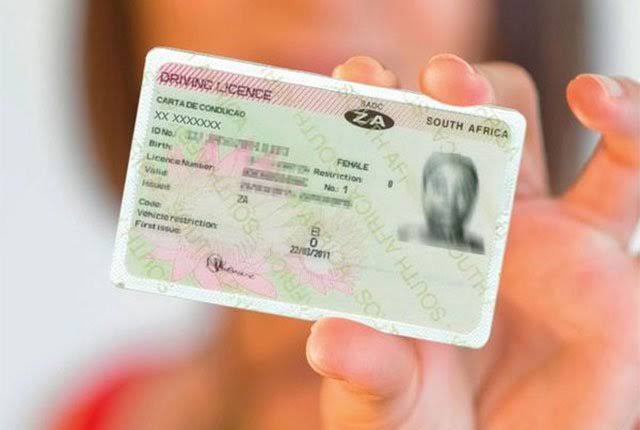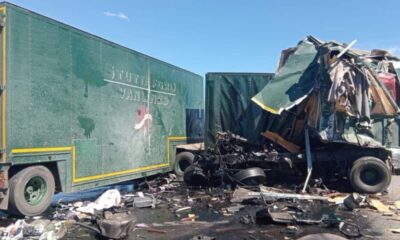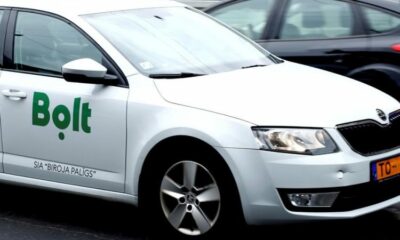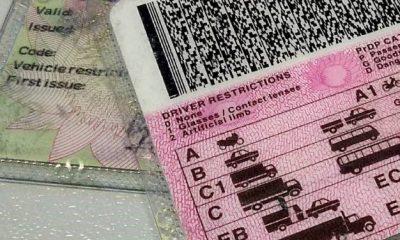News
Inside South Africa’s R600 Million Driving Licence Gold Mine

Most of your licence fee doesn’t go to the card, it goes to the state. Here’s why going digital might never happen.
If you’ve ever grumbled while paying to renew your South African driving licence card, you’re not alone and as it turns out, you’re paying far more for bureaucracy than for the plastic card itself.
On average, South Africa collects between R590 million and R620 million per year from driving licence card renewals and applications. But here’s the kicker: only about R50 to R60 of your R250 fee actually goes into producing the card. The rest is pure profit for the government.
“The full application fee that you pay when you apply for your licence, renewal, or a duplicate, that full amount is not for the production,” said Werner Koekemoer, former project manager for the driving licence system.
Instead, it’s part of a lucrative state-controlled system run by the Driving Licence Card Account (DLCA) a little-known but powerful government entity responsible for printing all driver’s licence cards in the country.
A system that prints cash
According to MyBroadband’s review of the DLCA’s financial records, an average of 3.1 million cards are produced annually. At R250 a pop, the math is simple and so is the incentive to keep things exactly as they are.
Koekemoer estimates that the actual card cost hasn’t changed much in years. “No more than R50 or R60 of that should be for the production,” he said. The rest? It goes straight into government coffers.
Which raises a bigger question: Why hasn’t South Africa gone digital yet?
Is outdated tech blocking digital progress or is it vested interests?
Rob Handfield-Jones, managing director of Driving.co.za and a prominent road safety expert, says there’s no technological reason we can’t have digital driver’s licences. In fact, the rest of the world is moving in that direction.
“The problem is the Road Traffic Management Corporation’s refusal to give up the revenue streams that go with analogue document production,” he said.
Koekemoer adds that South Africa’s current licence card tech is more than a decade out of date. The system still uses a laminated paper-core card, while most modern countries have long switched to fully composite plastic cards with more advanced security.
“That technology has gone out maybe 10 to 15 years ago,” he explained. “Even the security measures and photographic process we use are no longer in existence elsewhere.”
New printers, old problems
In 2024, there was a glimmer of hope for a tech refresh. The Department of Transport selected Idemia Identity and Security South Africa as the preferred supplier for new card printing machines. But the celebration was short-lived.
Just days after announcing the contract, Transport Minister Barbara Creecy asked the Auditor-General of South Africa (AGSA) to review the tender. The AGSA flagged multiple irregularities, including that Idemia failed to meet key technical requirements.
Despite this, legal opinion advised Creecy to proceed with the contract. This sparked major backlash from civil society group Outa, who warned that ignoring the AGSA’s findings would be a “governance disaster.”
Now, Creecy is waiting on a court decision to determine whether the contract should go ahead or be scrapped altogether.
So, what’s the holdup on digital licences?
South Africa’s driving licence system is caught in a perfect storm of outdated infrastructure, slow reform, and a very profitable status quo. Transitioning to a digital format would require:
-
Major software and infrastructure upgrades
-
Reskilling of staff and law enforcement
-
The elimination of a cash cow currently generating over half a billion rand a year
With budget pressures mounting and every cent of revenue being counted, it’s no surprise that digital licences are stuck in neutral.
What South Africans are saying
Public reaction on social media has been sharp. Many users on X (formerly Twitter) and Facebook have called the current system “a scam,” while others have demanded that digital licences be implemented “immediately, not next decade.”
One user summed it up:
“Why are we paying R250 for a card that costs R50? I can print a loyalty card for less than that!”
Can this system be reformed?
Minister Creecy is in a bind: abandon the new printer contract and face delays or proceed and risk undermining public trust. Meanwhile, millions of South Africans are still queuing at DLTCs, paying hundreds of rands for cards tied to obsolete technology.
As Koekemoer puts it, “A full refresh of the system, including software and hardware, is the only real way forward.”
But with so much money at stake and a government reluctant to unplug a reliable revenue source, South Africans may be stuck with outdated driving licences for the foreseeable future.
{Source: My Broad Brand}
Follow Joburg ETC on Facebook, Twitter , TikTok and Instagram
For more News in Johannesburg, visit joburgetc.com



























